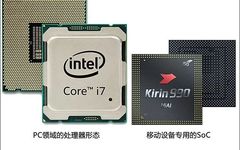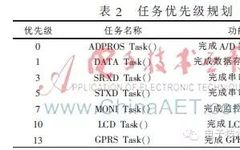Introduction to ARM Assembly Programming
Welcome to the series of articles “Introduction to ARM Assembly Programming.” This series is designed to lay the groundwork for the upcoming “ARM Exploit Development Tutorial” (in progress). Before we dive into writing shellcode and constructing ROP chains using ARM assembly, we need to first grasp some fundamental knowledge about ARM assembly. We will cover … Read more









